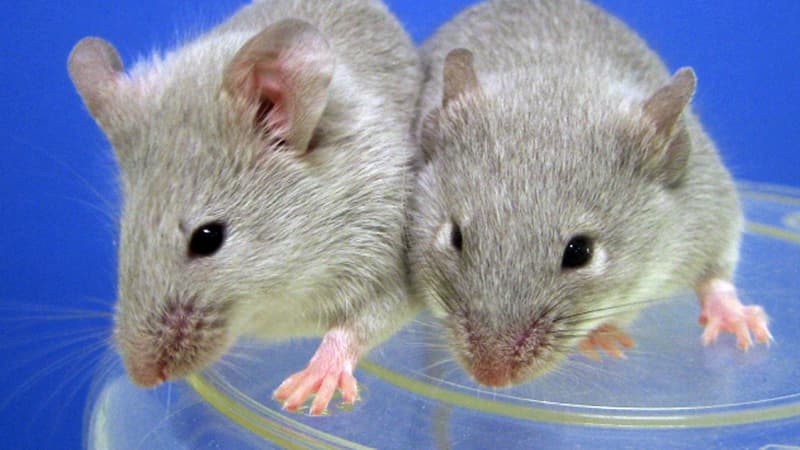Scientists created eggs for the first time using cells from male mice, obtaining seven mice from two parents, according to a study published Wednesday and called “groundbreaking” by one researcher.
The proven technique is still a long way from being used in humans due to, among other things, a very low success rate and numerous ethical issues. This advance, however, suggests implications in the field of reproduction, with the possibility that couples of men or even a single man have a biological child without the help of a female egg.
Change in chromosomes
The study, published in Nature, is the result of research carried out by a Japanese team led by developmental biologist Katsuhiko Hayashi, from Kyushu University. The team had already found a way to transform skin cells from a female mouse into an egg that could be used to give birth to healthy young mice.
This time he tried the same experiment on a male mouse, taking skin cells from its tail, before turning them into what are called pluripotent stem cells. That is, capable of transforming into any type of cell.
As in humans, male mouse cells have XY pairs of chromosomes and female cells have XX pairs. During the process, the researchers obtained about 6% of the cells that lost the Y chromosome that gives them the male character, and then duplicated the remaining X chromosome, to obtain the XX pair, specific to the female subject. The transformed cells were used to create eggs, fertilized with male mouse sperm, and then implanted into the uterus of surrogate female mice.
ethical issues
Seven pups were thus born, out of a total of 630 trials, resulting in a success rate of less than 1%. The pups are healthy and fertile. Katsuhiko Hayashi, who presented his study last week at the 3rd International Summit on Human Genome Editing in London, cautioned that many hurdles still lie ahead of human experiments.
Nitzan Gonen, director of the gender determination laboratory at Israel’s Bar-Ilan University, spoke to AFP about a “revolutionary study”. In theory, the technique would allow a two-man couple to have a child, one providing the sperm and the other the egg, according to Dr. Gonen. A single man could even provide the sperm and egg, which he said would be “a bit like cloning, like Dolly the sheep,” the first mammal cloned from an adult cell in 1996.
Jonathan Bayerl and Diana Laird, two experts in reproduction and stem cells from the University of California, San Francisco, explained in Nature that nothing guaranteed the success of the experiment with human stem cells. But they called the study a “remarkable milestone in reproductive biology.” With potential use to save an endangered species with only one breeding male left. For his part, Nitzan Gonen considers that the procedure is “very ineffective”, since 99% of the embryos do not survive.
It would be even more problematic in humans, where the gestation period of nine months, compared to just three weeks in mice, would increase the risk of failure. Beyond the technical questions, ethical questions arise. “Being able to do something does not necessarily mean that you have to do it (…) especially when we are talking about a kind of human being,” said the Israeli researcher.
Source: BFM TV


